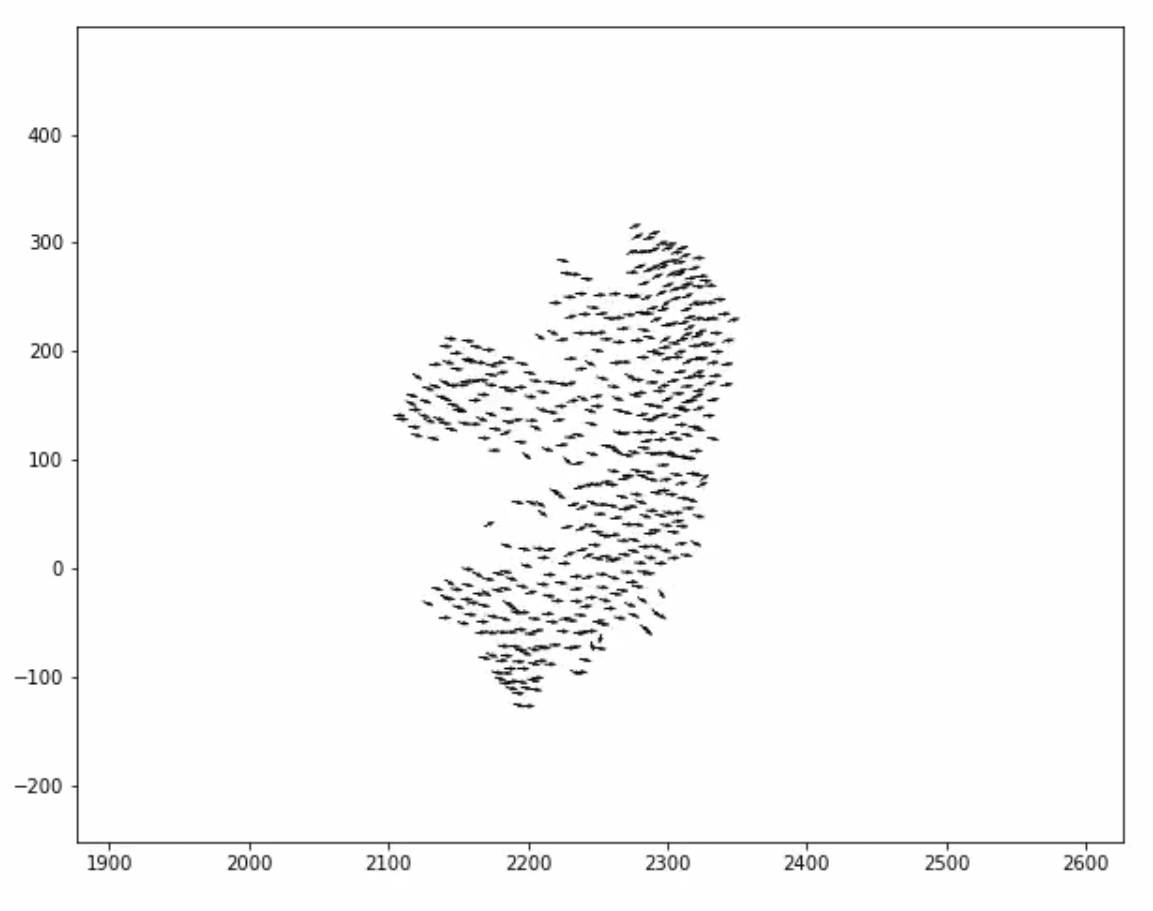
Anyone exposed to Computational Social Science (CSS) and one of it's tools, agent-based modeling, has been presented with a bird flocking model. These "boids" follow three rules as described by Reynolds (1987). 1) Collision Avoidance: Avoid collisions with nearby flockmates; 2) Velocity Matching: Attempt to match velocity with nearby flockmates; 3) Flock Centering: Attempt to stay close to nearby flockmates. From these three simple rules will emerge a behavior similar to flocks of birds and fish. The flock moves as if it is one mind but without any central controller. (See NetLogo model.) A PhD student at the University of Warwick, Henry Charlesworth, has achieved the same effect without these rules. For each agent, its future path is computed for some number of time steps. The agents then conduct a tree search of all possible future positions and choose a path that results in the most visuals of other agents. The tree branches on discrete decisions for speed and direction. You can see the result for 500 agents by left-clicking on the image to the right:
Charlesworth notes that this takes a lot of computational power. The 5 possible actions looking 5 steps ahead means each agent explores 5 to the 5th power possibilities. Multiplied by the 500 agents above means about 16 million decisions each time step. Of course it is not a model of how a real-world boid would make decisions but it is interesting to see another way to achieve the same effect.
